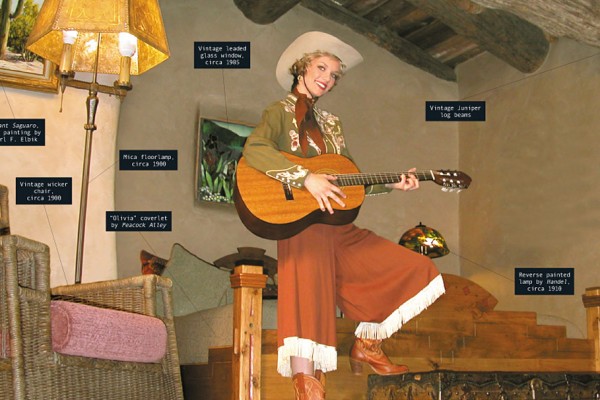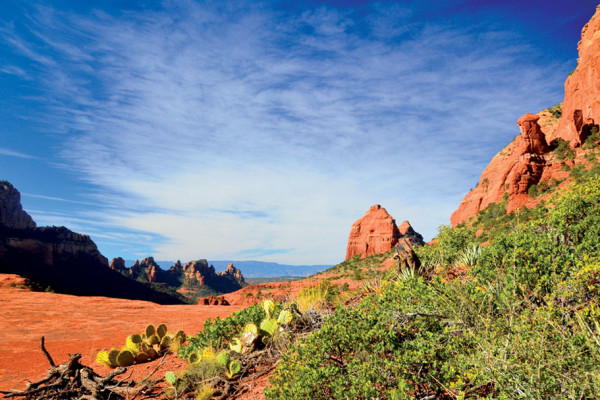An article in the L.A. Herald Examiner quoted Crawford as saying of McCambridge: “I wouldn’t trust her as far as I could throw a battleship.” McCambridge told the Hollywood Reporter‘s Mike Connelly, “Joan Crawford is a movie queen. I had never met one before. I know now what I don’t want to be.”
To what must have been everyone’s relief, Johnny Guitar finally completed principal photography in mid-December 1953, after shooting lasted 10 more days than Republic had scheduled.
Johnny Guitar opened on May 27, 1954, to almost universally negative reviews. “It proves [Miss Crawford] should leave saddles and Levis to someone else,” declared Variety. Yordan and Ray’s script, it added, “becomes so involved with character nuances and neuroses, all wrapped up in dialogue, that [the picture] never has a chance to rear up in the saddle.” The Hollywood Reporter described it “one of the most confused and garrulous outdoor films to hit the screen in some time.”
Even so, Johnny Guitar did well at the American box office, but was soon forgotten. Not so in France, where the young critics of Cahiers du Cinéma (several of whom would go on to make some of the most honored films as part of the ’60s “New Wave”) hailed Johnny Guitar as a masterpiece. Francois Truffaut raved it was “…dream-like, magical, delirious…a Trucolor Western from humble Republic can throb with the passion of l’amour fou or whisper with an evening delicacy.” Eric Rohmer proclaimed, “Ray is the poet of love and violence,” and Jean-Luc Godard wrote, “there was theatre (Griffith), poetry (Murnau), painting (Rossellini), dance (Eisenstein), music (Renoir). Henceforward there is cinema. And the cinema is Nicholas Ray.”
Over the years, American critical opinion of Johnny Guitar has changed its tune. Constantly revived at film festivals, it is studied in film schools, has fan clubs and a loyal international cult following, and is shown regularly in museum programs; a restored print even was given a weeklong theatrical in New York City in 2003.
With the passage of time, the spirit of acrimony in which it was created just adds color to the film’s achievement. Of all the films made in Sedona, it may be the most revered by film historians.
Want more Johnny Guitar? Read the full story in Arizona’s Little Hollywood: Sedona and Northern Arizona’s Forgotten Film History 1923-1973
MORE SEDONA MOVIE HISTORY: Johnny Depp in Dead Man, the last western film set, the return of actors Clint Walker, Edd “Kookie” Byrnes, Robert Horton, and Morgan Woodward, Sedona movie locations today, Oscar winner shooting spot, an interview with Tony Curtis, Sedona’s film legacy, an interview with Beatrice Welles



